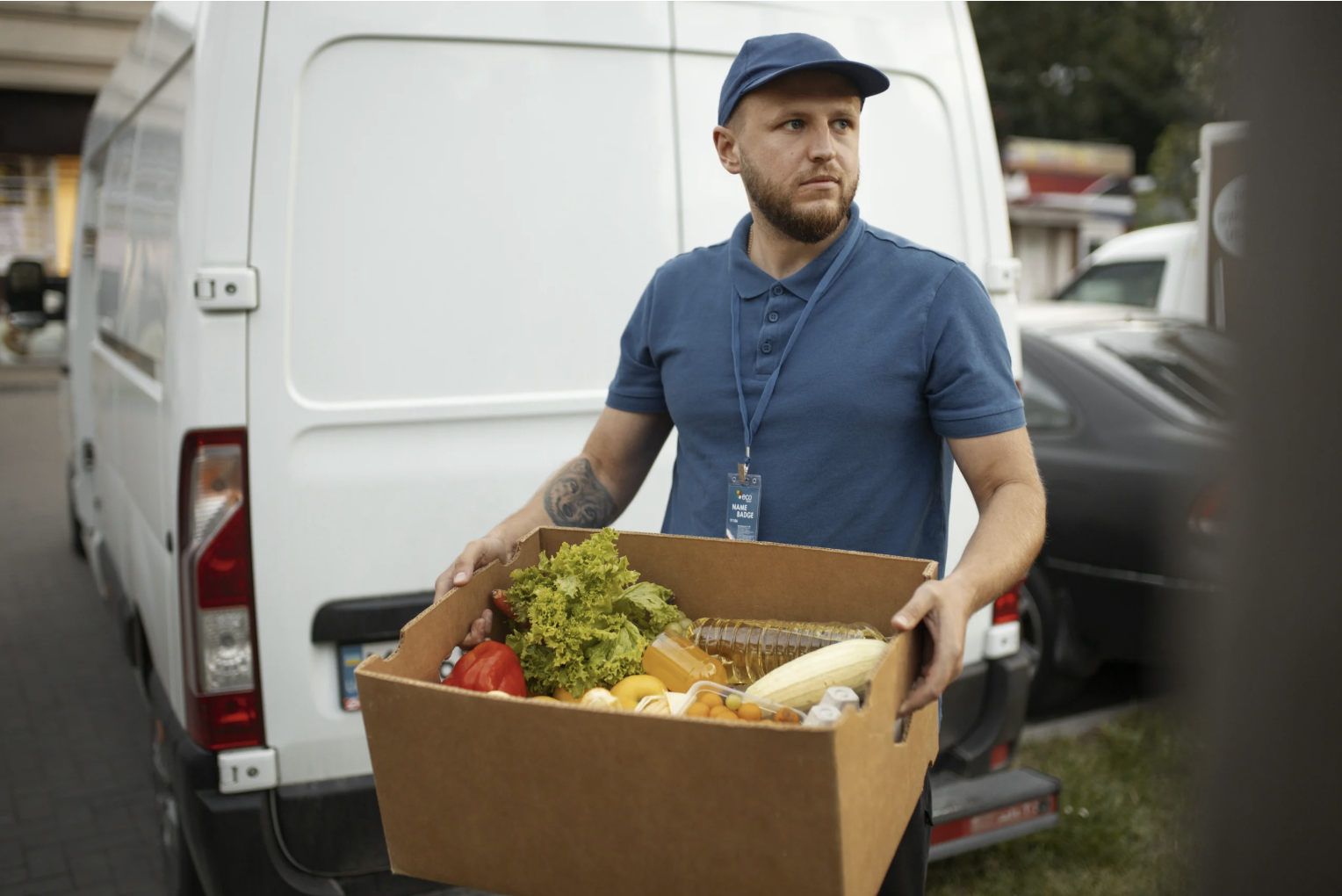One of the most important steps before opening a coffee shop or restaurant is figuring out your starting inventory. Order too little and you’ll run out of key items during service. Order too much and you risk spoilage, wasted cash, and cramped storage.
Starting inventory is the initial stock of ingredients, beverages, and supplies you purchase before opening your doors. The goal is to have enough to meet demand in your first weeks without tying up excessive capital.
Step 1: Identify Your Core Menu Items
Your menu determines what you’ll stock. List every drink or dish and break them down into required ingredients and portions. This is your foundation for estimating inventory needs.
- For a coffee shop: espresso beans, milk, syrups, pastries
- For a restaurant: proteins, produce, dry goods, seasonings
- Beverage program: bottled drinks, teas, alcohol (if licensed)
Knowing your exact menu before ordering helps you avoid unnecessary purchases and focus your budget on essentials.
Step 2: Estimate Demand for the First Month
- Customer Count: Project daily customer traffic.
- Average Ticket: Estimate how much each customer buys.
- Serving Size: Determine how much of each ingredient is used per order.
Step 3: Factor in Supplier Minimums and Delivery Schedules
Many suppliers have minimum order sizes. Also consider how often you can restock—daily, weekly, or biweekly. This affects how much you should have on hand at opening.
Common Starting Inventory Categories
- Perishables: Milk, fresh produce, pastries, meats
- Dry Goods: Coffee beans, flour, sugar, pasta, rice
- Beverages: Tea, bottled water, soft drinks, beer/wine
- Condiments: Sauces, syrups, seasonings
- Paper Goods: Cups, napkins, takeout containers
Step 4: Calculate Costs and Set a Budget
Starting inventory for a small coffee shop often runs $3,000–$7,000. For a restaurant, it can range from $5,000–$15,000 depending on size and menu complexity. Keep this within your overall startup budget.
Tips to Avoid Overbuying
- Negotiate with suppliers for smaller initial orders
- Order more frequently in the first month to adjust to demand
- Track daily usage to refine future orders
Final Takeaway
Determining starting inventory is a balance between readiness and cash flow. Base your numbers on your menu, realistic sales projections, and supplier terms. Track performance from day one to fine-tune your ordering process.

